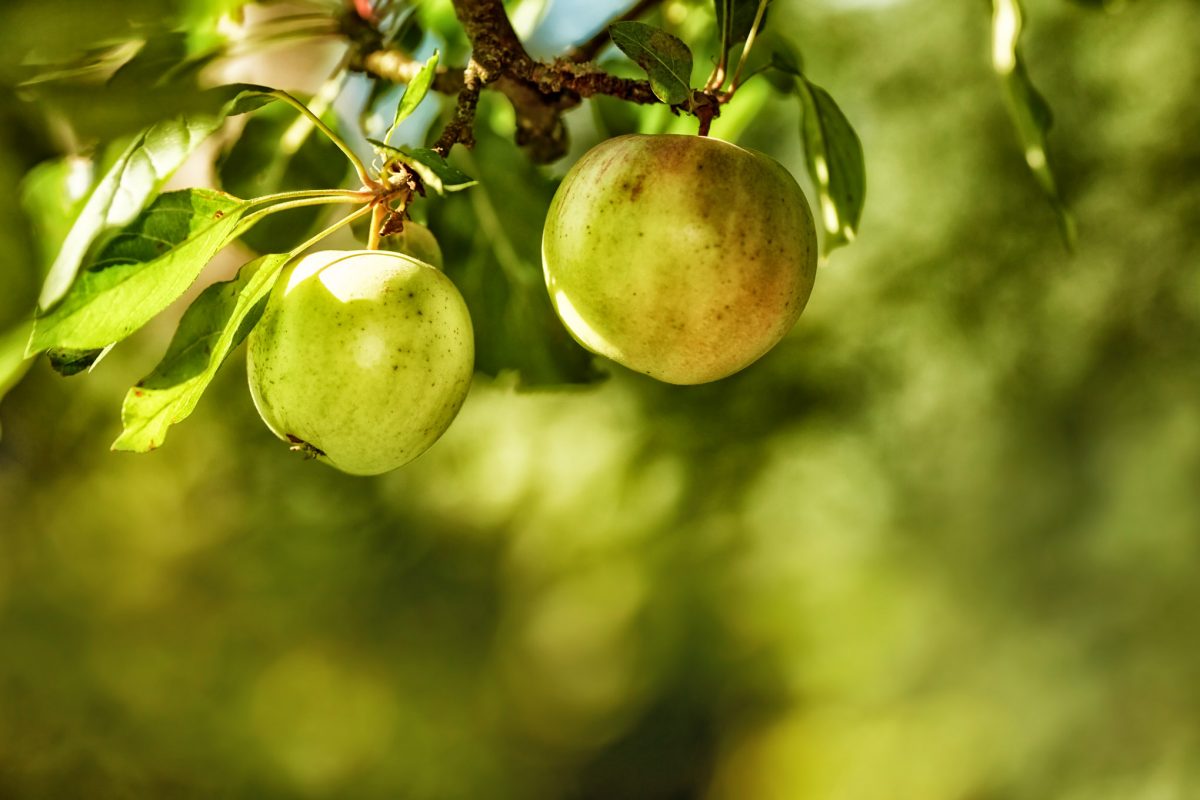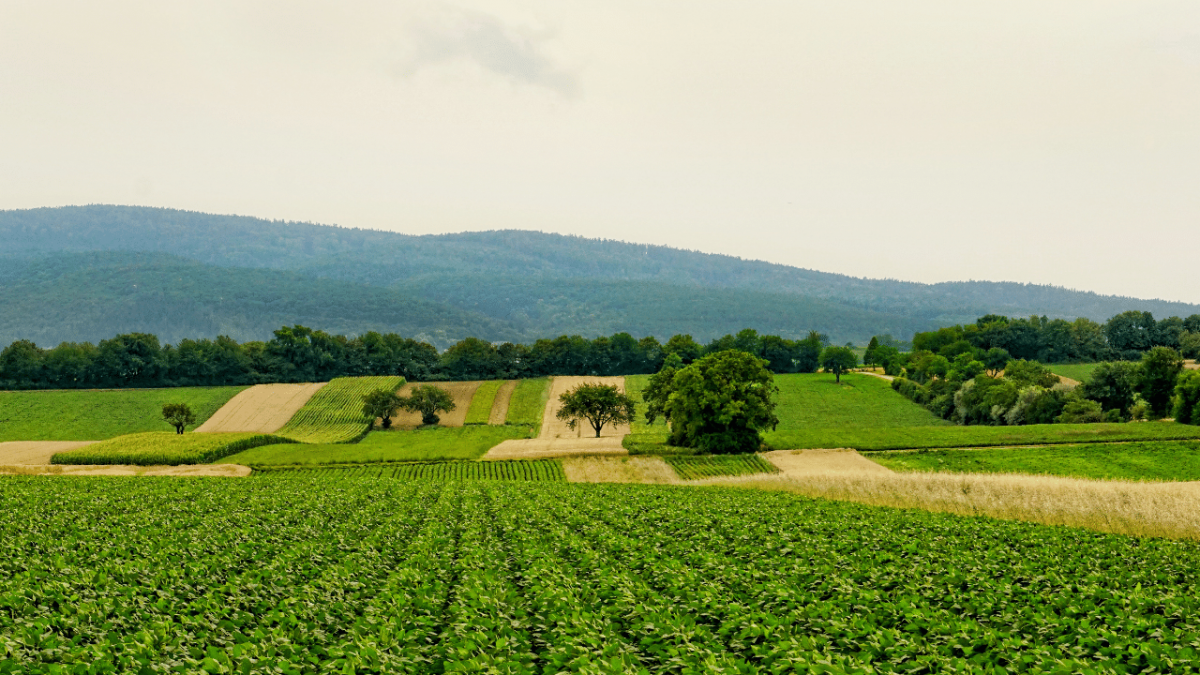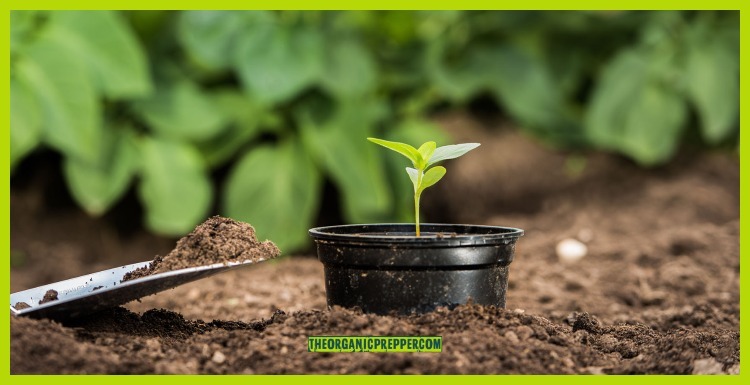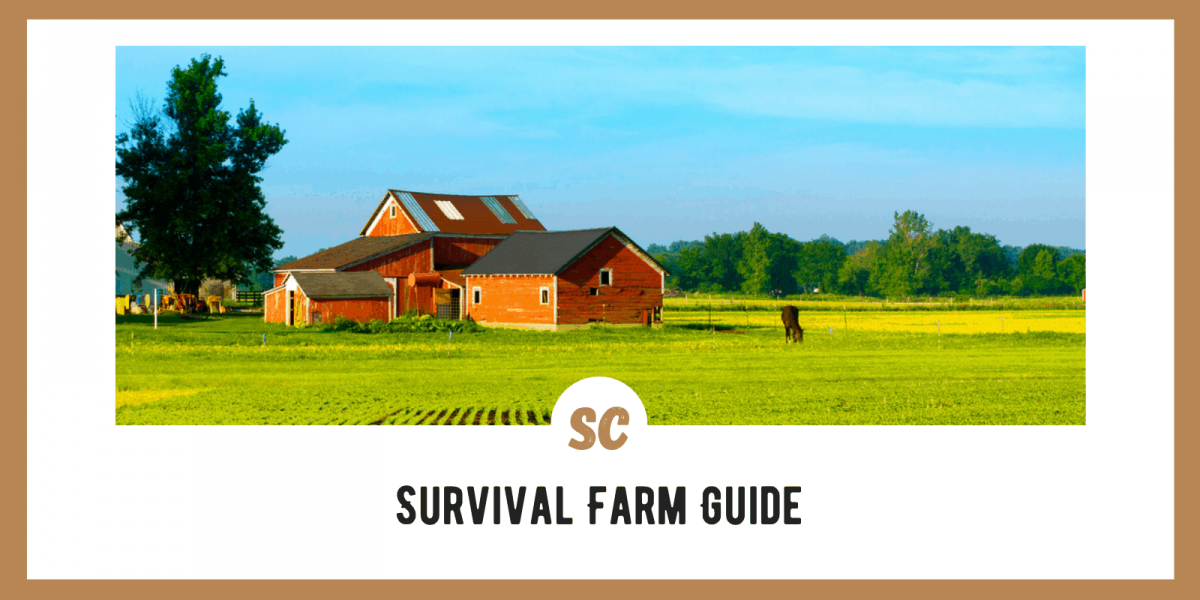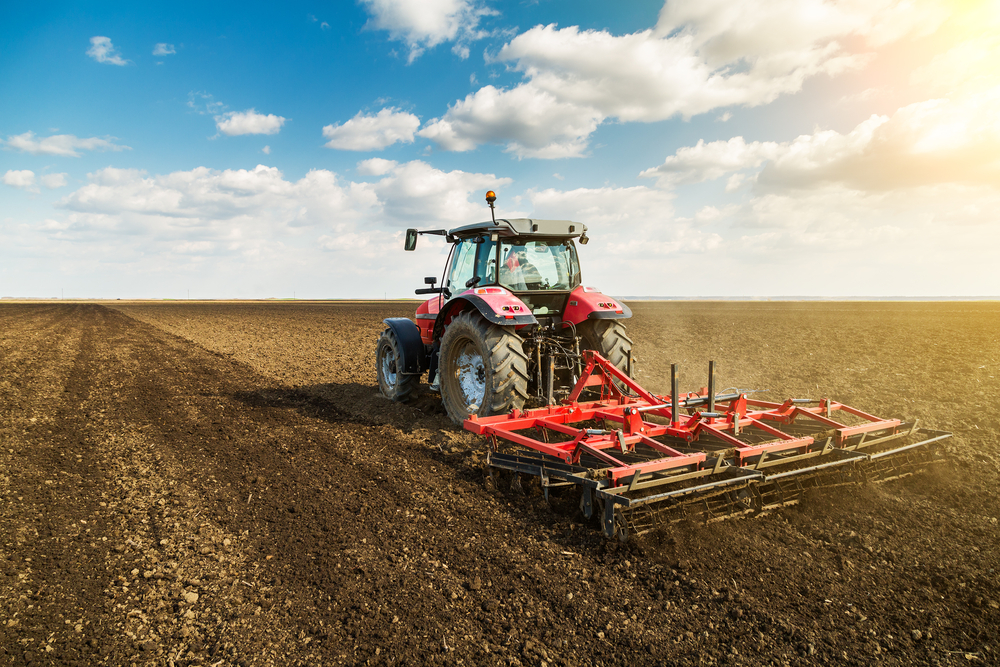Having a renewable source of water, food, and other materials is one of the only ways to successfully survive a large-scale disaster. And I hate to tell you that the store down the street or that website you order from is not a renewable source of supplies.

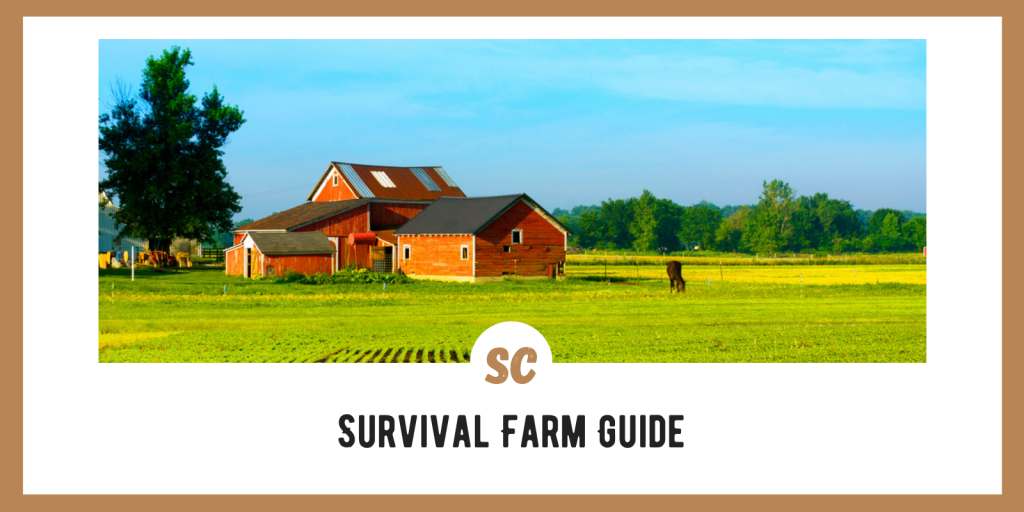
Let me present you with a question I have asked other upcoming preppers in the past.
“Where do you get “X” product, that you need?” Fill in the blank with whatever product you like but I will use meat as an example Across the board, the answer is almost always, “I buy it from the grocery store.”
The follow-up question is, “Where would you get your meat if all the grocery stores in the regions were gone?” Again, the answer is almost always, “I do not know.”
Some people might find an issue with this question and think it is a bit farfetched, and I might be inclined to agree if it pertained to items that people wanted, like a T.V. But not knowing where to get basic needs if they are not sitting on a shelf in front of you is a pretty big problem.
When there is a shift in how the world operates, possibly due to a disaster, one of the few solutions to making it through is to have a survival farm.
Now a survival farm is not just for “the end of days,” but it is a great way for removing the shackles of dependency and it can also be an incredibly rewarding way of living.
What is a Survival Farm?
A survival farm is going to look and operate a bit differently than farms you may be familiar with today. Modern farms are usually extremely large and may only produce one or two things in mass quantity to sell. For example, a farm that plants hundreds of acres of corn or raises thousands of chickens.
Unless you have big ideas and equally as deep pockets, a survival farm is not going to resemble that. It’s going to be smaller and be able to produce several things so that a person can live sustainably off the fruits of their labors.
It is unlikely that a single farm will be able to produce everything that might be needed but the basics, like shelter, water, and food should certainly be covered.
Below is a guide, think of it as a getting started guide, of things to consider and ideas for putting together your survival farm.
10 Need To Knows About Survival Farming
There are a lot of things to consider and that go into having a successful piece of property that you may not know, which in part is why you are reading this guide and that is a good first step.
But this guide is more of an overview. For example, later in the guide, I will touch on raising animals, however, I will not go into great detail…
Continue reading

